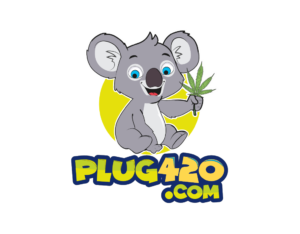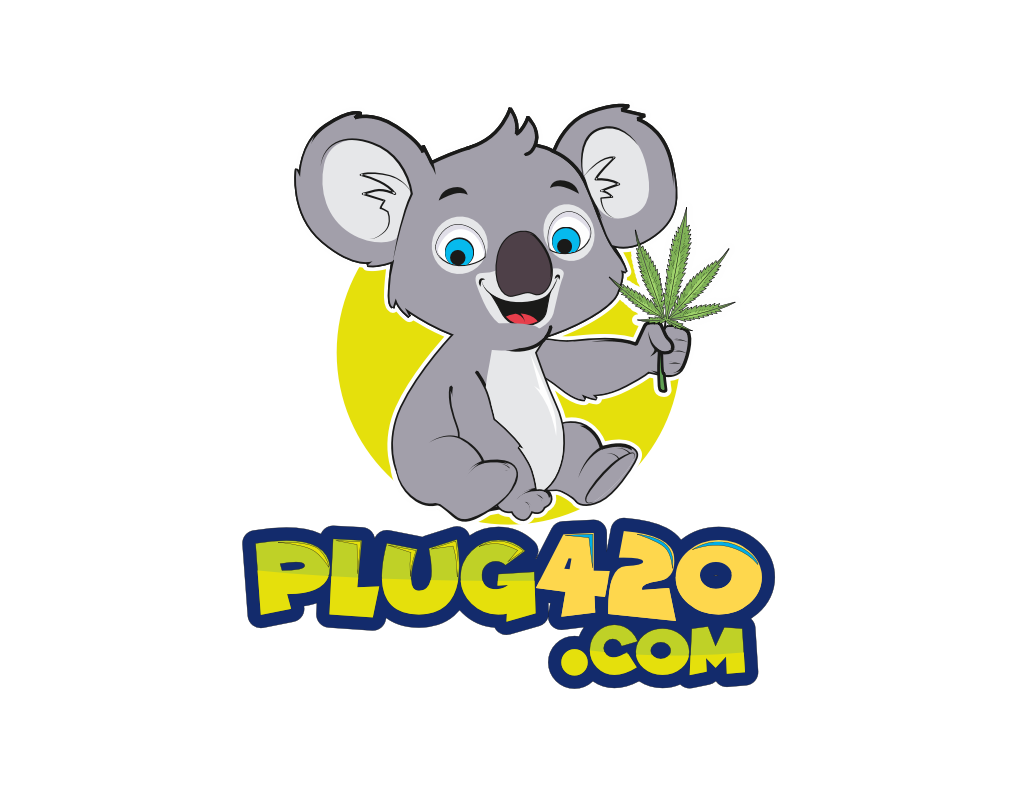What are the Pros and Cons of CBD?
Here are the Pros and Cons of CBD
Pros:
- many affordable options
- easy to take
- well-tolerated in most
Cons:
- may cause stomach upset and other side effects
- not regulated by the Food and Drug Administration (FDA)
- interacts with some medications
How to read CBD labels
While there are plenty of CBD oils and tinctures currently on the market, it’s important to know that not all of them are created equal. There are currently no over-the-counter (OTC) CBD products approved by the FDA, and some products may not be as effective or reliable as others.
Knowing how to properly read CBD labels guarantees you are buying a quality product. When choosing a CBD product, be it a gummy, oil, or otherwise, there are some key questions to ask yourself when reviewing the labeling. These questions are outlined below, along with definitions of the CBD vocabulary you need to know.
What type of CBD is in it?
First, understand what type of CBD is in the product you’re thinking about trying.
- Isolate contains only CBD, with no other cannabinoids.
- Full-spectrum contains all cannabinoids naturally found in the cannabis plant, including THC.
- Broad-spectrum contains multiple cannabinoids naturally found in the cannabis plant, but it does not contain THC.
Some research has found that when CBD and THC are used together, they produce what’s known as the entourage effect. This means that when used together, they may be more effective than either cannabinoid used alone.
Types of CBD
Isolate: contains only CBD with no other cannabinoids
Full-spectrum: contains all cannabinoids naturally found in the cannabis plant, including THC
Broad-spectrum: contains multiple cannabinoids naturally found in the cannabis plant, but it does not contain THC
Full-spectrum CBD may also include these compounds:
- proteins
- fatty acids
- chlorophyll
- fiber
- flavonoids
- terpenes
Is it an oil or tincture?
CBD oil needs to be created using some sort of liquid. This will dictate whether it is an oil or a tincture.
CBD oils vs. tinctures
CBD oil: made by infusing cannabis in a carrier oil
CBD tincture: made by soaking cannabis in alcohol and water
Has it been third-party tested?
Currently, the FDA does not guarantee the safety, effectiveness, or quality of OTC CBD products.
However, to protect public health, they can take actionTrusted Source against CBD companies that make unfounded health claims.
Since the FDA does not regulate CBD products in the same way they regulate drugs, companies sometimes mislabel or misrepresent their products. That means it’s especially important to do your own research to find a quality product.
The product’s certificate of analysis (COA) should confirm that it’s free of contaminants and that the product contains the amount of CBD and THC it claims. A COA is an analysis document provided by a third-party lab that ensures everything on the label is accurate.
Beware of any company that promises extreme results and remember that results may differ. A product that works well for a friend or family member may not have the same effects for you.
If a product does not work for you, you may consider trying another with different ingredients or a different amount of CBD.
What, if any, other ingredients are in it?
Usually, you’ll find hemp, hemp extract, or hemp oil listed as the main ingredient on a bottle of CBD oil or tincture. These ingredients contain CBD.
Sometimes, other ingredients are added for taste, consistency, and other health benefits. If you’re looking for a product that has a particular flavor, you might want to look for one with added essential oils or flavorings.
If you’re looking for possible extra health benefits, you might want to look for one with added vitamins.
Where’s the cannabis grown, and is it organic?
Look for products made from organic, U.S.-grown cannabis. Cannabis grown in the United States is subject to agricultural regulations.
Organic ingredients mean you’re less likely to consume pesticides or other chemicals.
Takeaway
Look for CBD products that are third-party tested and made from organic, U.S.-grown cannabis.
Depending on your needs, you may want to look for full- or broad-spectrum products.
Always check the ingredients to see that they suit your needs.
How we chose these CBD oils
We chose these products based on criteria we think are good indicators of safety, quality, and transparency. Each product in this article:
- is made by a company that provides proof of third-party testing by an ISO 17025-compliant lab
- is made with U.S.-grown hemp
- contains no more than 0.3 percent THC, according to the certificate of analysis (COA)
- passes tests for pesticides, heavy metals, and molds, according to the COA
As a part of our selection process, we also considered:
- the company’s certifications and manufacturing processes
- product potency
- overall ingredients
- indicators of user trust and brand reputation, such as:
- customer reviews
- whether the company has been subject to an FDA warning letterTrusted Source
- whether the company makes any unsupported health claims
Where available, we’ve included special discount codes for our readers.
Pricing
Most of the products available from this list are under $50.
Our pricing guide is based on the value of CBD per container, in dollars per milligram (mg).
- $ = under $0.10 per mg of CBD
- $$ = $0.10–$0.20 per mg
- $$$ = over $0.20 per mg
To get a full picture of the price of a product, it’s important to read labels for serving sizes, amounts, strengths, and other ingredients.

